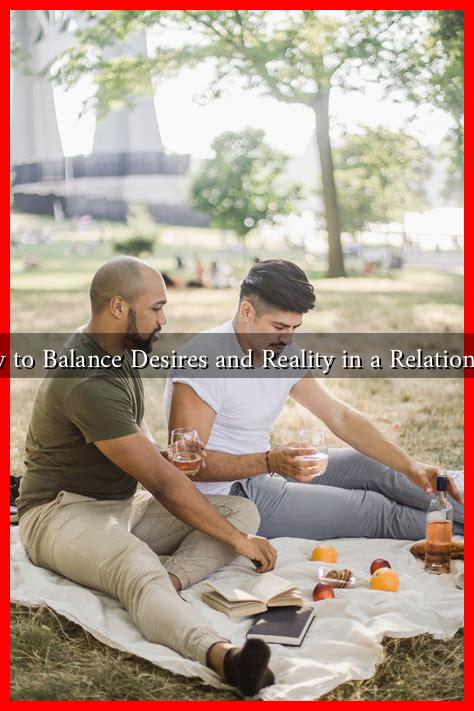-
Table of Contents
How to Balance Desires and Reality in a Relationship
Relationships are often a delicate dance between what we desire and the reality we face. While it’s natural to have dreams and expectations about love and partnership, the challenge lies in reconciling those desires with the practicalities of everyday life. This article explores effective strategies for balancing desires and reality in a relationship, ensuring both partners can thrive together.
Understanding Desires in a Relationship
Desires in a relationship can encompass a wide range of aspects, including emotional needs, physical intimacy, and shared goals. Recognizing these desires is the first step toward achieving balance. Here are some common desires that individuals may have:
- Emotional Connection: A deep bond that fosters trust and understanding.
- Physical Intimacy: A fulfilling sexual relationship that meets both partners’ needs.
- Shared Goals: Aspirations for the future, such as marriage, children, or career paths.
- Independence: The need for personal space and individual growth.
Understanding these desires can help partners communicate more effectively and set realistic expectations.
Recognizing Reality in a Relationship
Reality often presents challenges that can conflict with our desires. These may include financial constraints, differing life goals, or external pressures such as family expectations. Acknowledging these realities is crucial for maintaining a healthy relationship. Here are some common realities couples face:
- Financial Limitations: Budget constraints can affect lifestyle choices and future plans.
- Time Constraints: Busy schedules can limit quality time together.
- Life Changes: Events such as job changes, relocations, or health issues can alter relationship dynamics.
- Different Priorities: Partners may have varying views on what is important at different stages of life.
By recognizing these realities, couples can better navigate their relationship landscape.
Strategies for Balancing Desires and Reality
Finding a balance between desires and reality requires open communication, compromise, and mutual understanding. Here are some effective strategies:
- Open Communication: Regularly discuss your desires and concerns. Use “I” statements to express feelings without placing blame.
- Set Realistic Expectations: Understand that no relationship is perfect. Adjust your expectations to align with your partner’s capabilities and circumstances.
- Practice Compromise: Be willing to give and take. Find middle ground where both partners feel satisfied.
- Prioritize Quality Time: Make time for each other amidst busy schedules. Even small moments can strengthen your bond.
- Seek Professional Help: If balancing desires and reality becomes overwhelming, consider couples therapy. A professional can provide valuable insights and tools.
Case Studies: Real-Life Examples
To illustrate these strategies, consider the following case studies:
Case Study 1: Sarah and Tom had dreams of traveling the world together. However, financial constraints made this difficult. They decided to set a budget and plan smaller, local trips instead. This compromise allowed them to explore their desires while respecting their financial reality.
Case Study 2: Emily and Jake faced challenges when their career goals diverged. Emily wanted to settle down, while Jake was focused on his career. Through open communication, they established a timeline that allowed Jake to pursue his ambitions while also planning for their future together.
Statistics on Relationship Satisfaction
Research indicates that couples who effectively balance desires and reality report higher levels of relationship satisfaction. According to a study published in the Journal of Marriage and Family, couples who engage in open communication and compromise are 50% more likely to report being satisfied in their relationships compared to those who do not.
Conclusion
Balancing desires and reality in a relationship is an ongoing process that requires effort, understanding, and communication. By recognizing both partners’ desires and the realities they face, couples can create a harmonious relationship that fosters growth and satisfaction. Remember, it’s not about eliminating desires but rather finding a way to integrate them into the fabric of everyday life. With patience and commitment, couples can navigate the complexities of love and partnership successfully.
For more insights on relationship dynamics, consider visiting Psychology Today.


